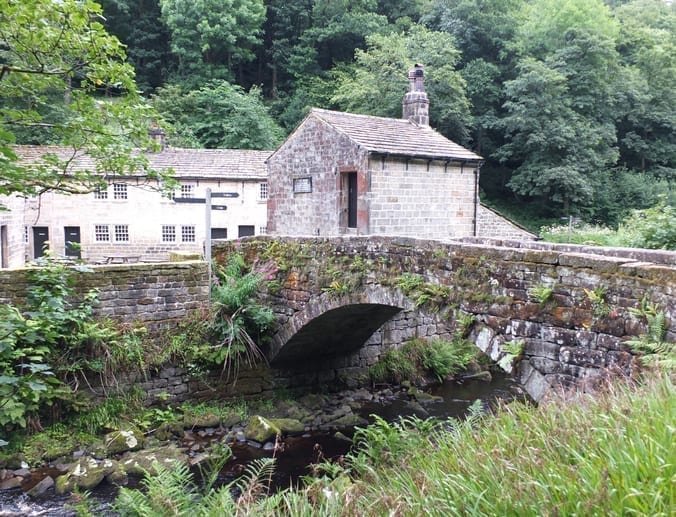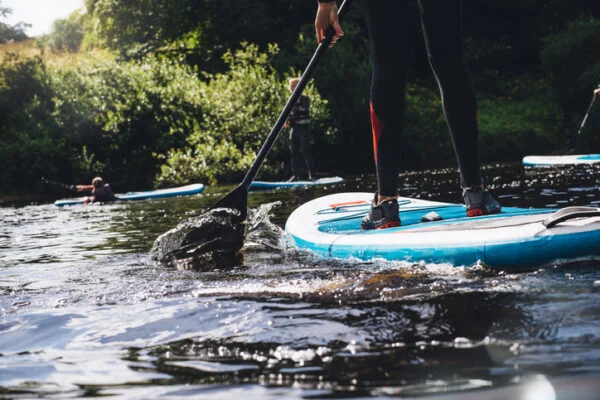Work has started on a two-year, £2.6m natural flood management project in West Yorkshire, to help protect homes and nurture wildlife devastated by the Boxing Day floods of 2015.
The of the project, led by the National Trust, is to reduce the risk of flooding to over 3,000 homes and businesses in Todmorden, Hebden Bridge, Marsden and surrounding areas.
Taking learnings from the conservation charity’s success with a similar scheme at the Holnicote Estate in Somerset, this will be one of the biggest investments of its kind to date in England.
Restoring peat bogs
The work at Hardcastle Crags and Wessenden Valley, part of Marsden Moor (both cared for by the National Trust), and Gorpley Reservoir (looked after by Yorkshire Water and the Woodland Trust) will use a combination of natural interventions to slow the flow of water along the Colne and Calder river catchments.
The project has received £1.3m growth deal funding from the Leeds City Region Enterprise Partnership (LEP) and £1.3m either in funds or in-kind support from other partners (including The Forestry Commission, Moors For The Future partnership, Environment Agency, Woodland Trust, Yorkshire Water, Calderdale Council and other community groups).
Plans include the planting of 151 hectares of new woodland at Gorpley Reservoir and in the Wessenden Valley, the restoration of 85 hectares of peat bogs, heath and Molinia (moor grass) and the construction of over 650 ‘leaky dams’.
Over 3,000 metres of fascines (bundles of brushwood) will also be dug in to help stabilise stream banks and slopes, and new areas of land will be fenced for sustainable grazing by sheep and cattle.
All partners have been working together as part of the White Rose Forest Partnership. New woodlands planted will help grow the White Rose Forest, part of the new Northern Forest.
Benefits for wildlife
Craig Best, countryside manager for the National Trust in West Yorkshire, said that traditional flood alleviation schemes have focused primarily on delivering hard infrastructures such as flood defence walls to protect the places where people live.
‘However, there is increasing recognition of the role natural flood management can play to reduce the impacts of flooding on communities, while delivering key benefits for the natural environment’, he said.
 Play Video about This Rock Might Just Save The World
Play Video about This Rock Might Just Save The World Play Video about Play 2 hours of rock
Play Video about Play 2 hours of rock Play Video about Play 2 hours of brook
Play Video about Play 2 hours of brook Play Video about Play 2 hours of sheep
Play Video about Play 2 hours of sheep











































